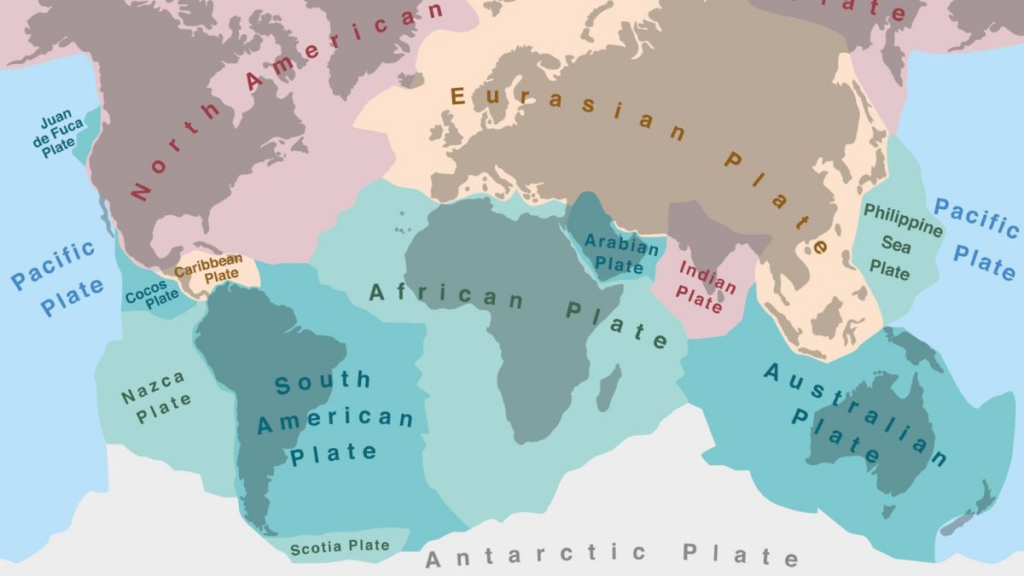A little slat of land joined North and South America many million years ago, causing global repercussions. The Isthmus of Panama changed world climate and started a massive migratory experiment for plants and animals.
How many million years did the Americas connect? According to a 2016 Science Advances paper (opens in new tab), the “standard model” dates it to roughly 3 million years ago, although more recent research indicate 6 million to 15 million years, with “an initial land bridge” as early as 23 million years ago.
“It’s still controversial,” structural geologist Camilo Montes(opens in new tab) of the University of the Andes in Bogotá, Colombia, told Live Science.

Panama’s Isthmus appears.
Tectonics created the Panamanian land bridge. Tectonic plates cover Earth’s outer layer and collide to form mountain ranges and ocean basins. Montes stated the isthmus developed when the Caribbean tectonic plate jammed between Americas continents. According to NASA Earth Observatory(opens in new tab), tectonic activity uplifted the seabed and created islands from volcanoes. Over millions of years, ocean current sediment filled the gaps between islands to build the land bridge. Ocean currents were altered by this little land bridge.
The isthmus transformed the Gulf Stream, driving warm, equatorial water from the Gulf of Mexico into the Atlantic and along the North American coast. According to Science Advances, other current-related alterations rendered the Atlantic saltier, propelling global thermohaline (Greek for “heat” and “salt”) circulation.
“The reason we have the climate we have today is because the isthmus went up,” Smithsonian Tropical Research Institute staff scientist Carlos Jaramillo(opens in new tab) told Live Science. “This tiny, tiny piece of land affected the climate of the entire planet.”

Biotech highway
The isthmus also connected continents for living things. The Great American Biotic Interchange (GABI) was “a massive experiment in biological invasion,” according to a 2020 PNAS research by Jaramillo and colleagues.
According to the Earth Observatory, South American migrants gave rise to North American animals including the Virginia opossum (Didelphis virginiana) and porcupines, while “ancestors of bears, cats, dogs, horses, llamas and raccoons” came the opposite way. The isthmus separated ocean populations that developed separately.
Normal model
Science Advances found that 1970s research created the conventional model. A 1978 Geology research indicated that marine animals became separated on either side of the isthmus around 3 million years ago. According to Science Advances, further investigations confirmed this timeframe over the decades.
A 2013 Bulletin of Marine Science research corroborated the estimate using traditional GABI dating. A 2010 Ecography research utilized animal fossil data to determine GABI’s date. A 2008 assessment in Paleoceanography and Paleoclimatology found that rock strata best dated such fossils.
Scientists also connected the isthmus’ closure to past global cooling. The 2008 assessment noted that ice sheet creation and cooling corresponded with the isthmus’ fossil-based origin. They suspected that isthmus current fluctuations produced this cooling.

According to Woods Hole Oceanographic Institution(opens in new tab), some experts believed the Gulf Stream sent more moisture to the Arctic, which increased sea ice, which reflected more sunlight and cooled the region.
Isthmus date disputes
Montes and colleagues questioned that perspective in Science in 2015. The research detected zircons in rivers from Panama to Colombia 15 to 13 million years ago, indicating a geographical link. A 2015 fossil and DNA research in PNAS(opens in new tab) identified “significant waves” of terrestrial creatures crossing the continents about 20 million and 6 million years ago.
However, the 2016 Science Advances paper responded to such concerns with a “exhaustive review and reanalysis.” Surface water and marine animal DNA from both sides of the isthmus mixed until 3 million years ago. It also predicted major land mammal GABI migrations around that period.
However, new research has challenged the traditional paradigm. Jaramillo’s assessment of “Mountains, Climate and Biodiversity(opens in new tab)” (Wiley-Blackwell, 2018) supports a more spread-out GABI timeframe and disputes linkages between isthmus closure at around 3 million years ago and thermohaline circulation. Jaramillo said new geological finds suggest an earlier relationship.
Early closure might impact several fields. Scientists seek a new explanation for global cooling 3 million years ago. Some biologists have reexamined “molecular clocks” used to infer evolutionary timeframes and frequently calibrated to the isthmus’ genesis. “They realized that their phylogenies could be much different and much older,” Montes added.
